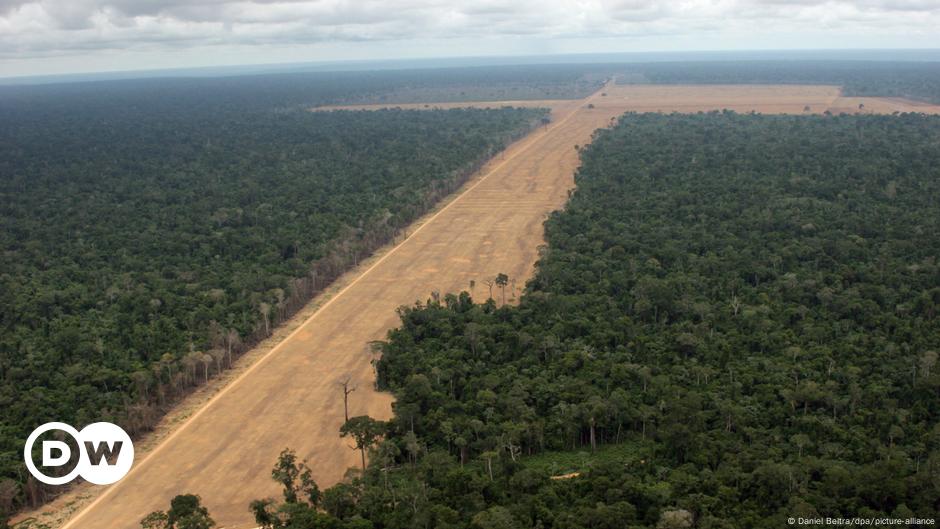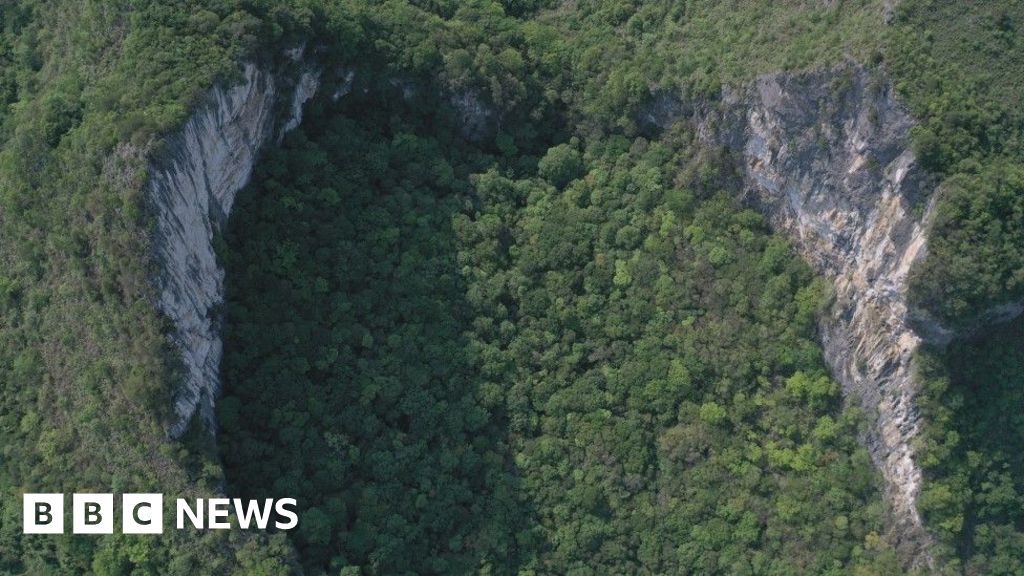Trees and forests are often described as the lungs of the Earth because of their important role in removing pollutants such as carbon dioxide from the environment.
New research from the University of Bonn in Germany and Universidade Federal de Minas Gerais in Brazil has analyzed regional health outcomes after conservation measures in the Amazon.
The research found that these measures have led to a reduction in the hospitalization and death rate for respiratory health problems in the regional population.
The positive impact on people's health was credited to a reduction in forest fires. The conservation measures reduced fine particulate concentrations in the air—a main vector for adverse health effects of fire smoke.
"The relationship between the fire outbreak and the smoke traveling somewhere and people inhaling it and then getting health problems is pretty straightforward," said the study's lead author Yannic Damm, a researcher at the University of Bonn.
Fewer forest fires saw fewer deaths, hospitalizations
Amazonian wildfires are a persistent topic on Latin America's environmental agenda. 2024 saw Brazil's worst wildfires in 14 years.
Across the border in Bolivia, land clearing was blamed in part for fires that burned through a record 10 million hectares (24 million acres).
The researchers wanted to understand what impact deforestation policy changes might have on health outcomes in the Amazon.
Devastating wildfires cover South America in smoke
They first calculated whether fires and air pollution decreased after policies were introduced in 2007 and 2009 to stop traders from purchasing soy and cattle products grown on deforested land.
The study investigated a 100-kilometer (60-mile) zone surrounding the border of the Amazon biome across the states of Maranhao, Tocantins, Para, Mato Grosso and Rondonia.
A reduction in forest fires was observed in the years after the introduction of these policies. It resulted in sizable drops in concentrations of pollutant gases such as carbon monoxide, nitrogen and sulfur dioxides.
The researchers then compared hospitalizations for a range of diseases associated with air pollution with hospitalizations following the reduction in fires and particulate readings.
Within the Amazon region, they estimated that improved conservation outcomes led to a decrease of about 18,000 hospitalizations and led to 680 fewer deaths per year because of smoke- and fire-related health problems.
To verify their estimates, the researchers benchmarked these intakes against those for sexually transmitted infections (which shouldn't be influenced by fire rates) and found that these remained stable within the same time period.
Fires and health
Cleared tropical forests can result in hotter and drier conditions that leave regions more prone to hotter and more intense wildfires — either from natural or human causes.
Wildfire smoke — and air pollution generally — contains fine particulate matter, sometimes called PM2.5, intermixed with a cocktail of toxic gases.
PM2.5 are particulates smaller than 2.5 micrometers; that's smaller that a tiny bacterial cell. Larger PM10 are 10 — slightly bigger than a red blood cell.
Such is their size that they are easily absorbed into the bloodstream through the lungs, leading to potential health problems in the short and long term.
Smoke exposure can aggravate conditions such as asthma and reduce lung function. Chronic problems emerging from prolonged exposure can include an increase in the rate of heart and respiratory diseases.
 Aerial photo of burning Amazon rainforest in April 2024.Image: Adriano Machado/REUTERS
Aerial photo of burning Amazon rainforest in April 2024.Image: Adriano Machado/REUTERSRisks from deforestation
Though forest fires and respiratory health outcomes are more likely in areas affected by deforestation, the practice of tree felling can also increase the likelihood of transmissible disease.
That's because forest clearance reduces habitat for other plants and animals, which may bring them into closer contact with humans.
This becomes problematic when animals become reservoirs for diseases caused by viruses, bacteria or parasites.
"When you deforest an area, it's not always associated with an increase in infectious disease, but in many cases it can lead to spillover of pathogens from wildlife to people and their domestic animals," said Nicole Lynn Gottdenker, a disease ecologist at the University of Georgia, in the United States.
When habitat removal translates to changes in ecological communities, it might be easier for "reservoir" animals to make contact with humans.
Multiple studies have found that malaria transmission in the Amazon is linked to deforestation. One study found a 1% increase in monthly Amazon tree felling was associated with a 6.3% increase in malaria cases.
Forest loss can also directly impact humans and make them more vulnerable to pathogens.
"Often, people become displaced and marginalized and are often the most hit by these pathogens and these transmission in infectious diseases" Gottdenker said.
Studies have found that policies aimed at reducing deforestation and habitat loss can lower the chances of zoonotic spillover events, which include the SARS-CoV-2 virus (the cause of COVID-19) and Mpox.
Edited by: Fred Schwaller
Sources:
Damm, et al., Health benefits of reduced deforestation in the Brazilian Amazon. Commun Earth Environ 5, 693 (2024).https://doi.org/10.1038/s43247-024-01840-7
Arisco et al., Ecological change increases malaria risk in the Brazilian Amazon, Proc. Natl. Acad. Sci. U.S.A. 121 (44) e2409583121, (2024).https://doi.org/10.1073/pnas.2409583121 (2024)

 By Deutsche Welle (Science) | Created at 2024-11-23 12:58:31 | Updated at 2024-11-23 15:42:08
9 hours ago
By Deutsche Welle (Science) | Created at 2024-11-23 12:58:31 | Updated at 2024-11-23 15:42:08
9 hours ago








